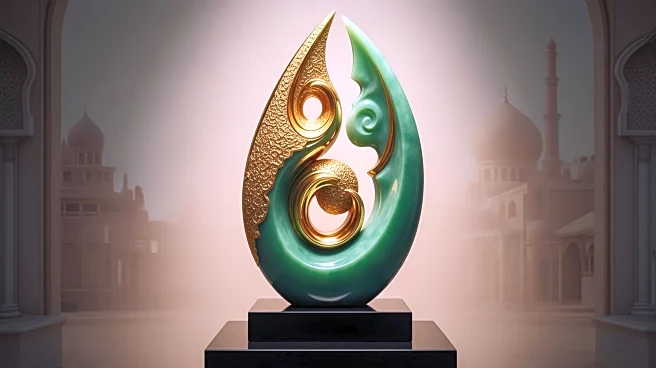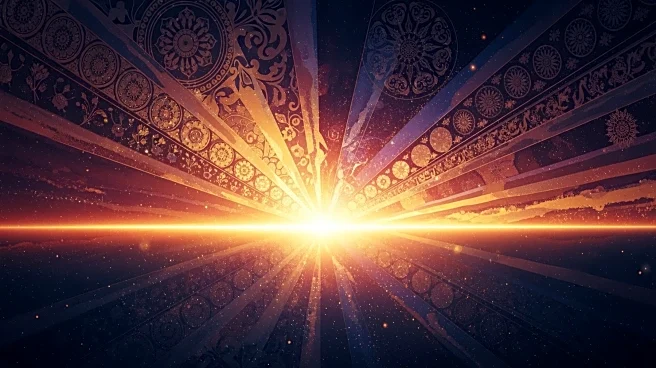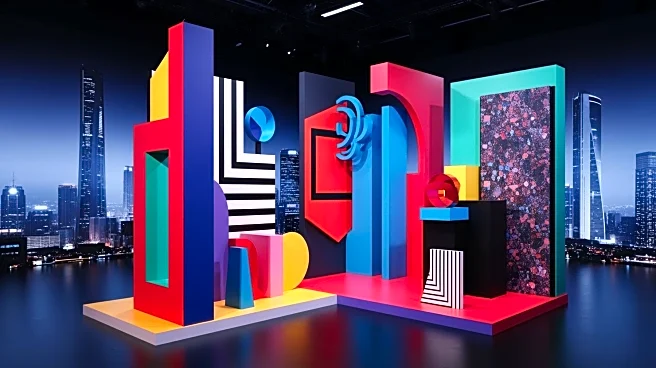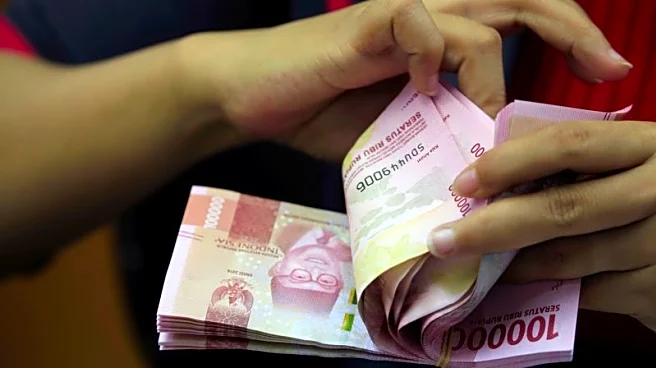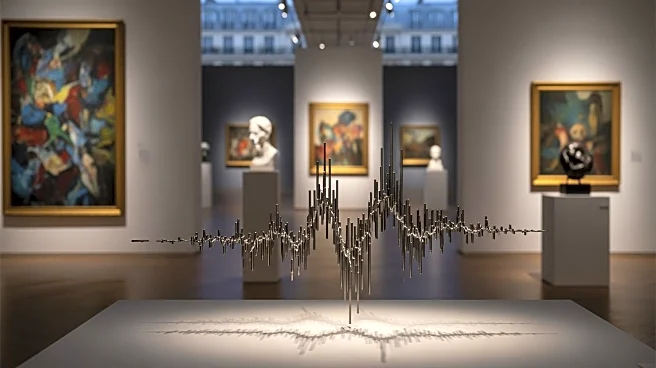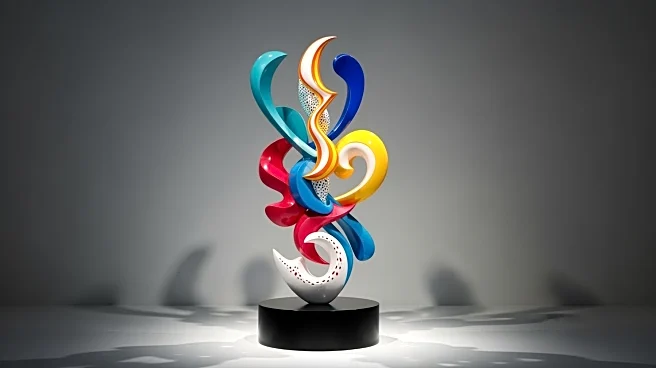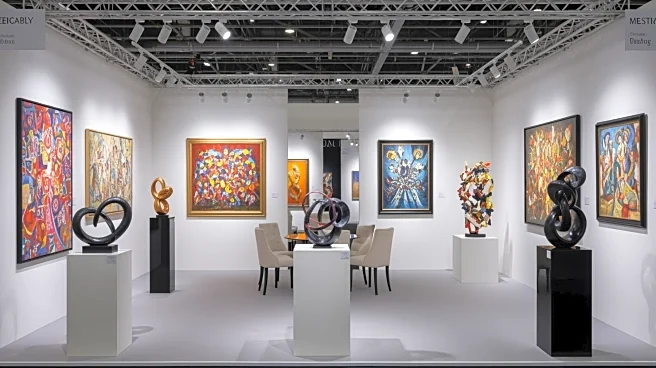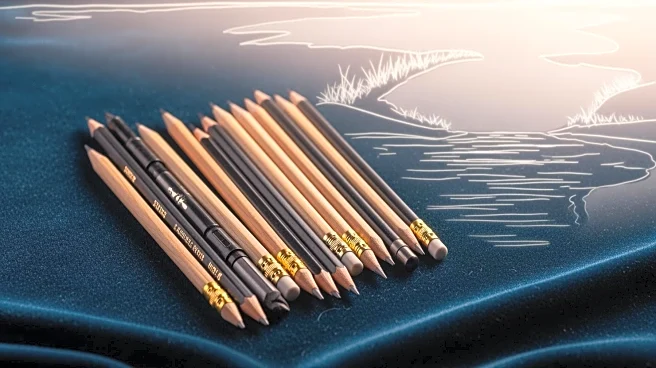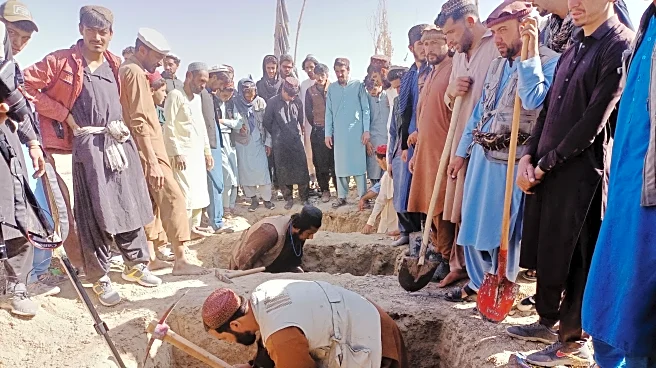What's Happening?
The global art market is experiencing a significant shift as new power centers emerge in the Middle East and Asia, challenging the traditional dominance of New York and London. Recent developments include
the relaunch of the Abu Dhabi Art fair by Frieze and the upcoming Art Basel Qatar fair. These moves are part of a broader trend where the art world's influence is becoming more globalized. Historically, New York and London have been the epicenters of the art market, but recent economic and political changes, such as Brexit, have altered this landscape. Paris has gained prominence post-Brexit, with major galleries opening new spaces in the city. Meanwhile, Asia's art market has been bolstered by active collectors and favorable tax laws, particularly in South Korea. The Middle East's rise is largely driven by government initiatives and investments from ruling families, with significant cultural projects underway in Saudi Arabia, Abu Dhabi, and Qatar.
Why It's Important?
This shift in the art world has broad implications for the global art market and cultural diplomacy. As new regions gain influence, they bring fresh perspectives and artists into the spotlight, diversifying the art scene. This can lead to increased opportunities for artists from these regions and a broader appreciation of different cultural narratives. Economically, the rise of new art hubs can stimulate local economies through tourism and international investment. For traditional art centers like New York and London, this shift may mean increased competition and the need to innovate to maintain their status. The involvement of government and private sector investments in the Middle East highlights the role of art in soft power strategies, as countries use cultural initiatives to enhance their global image.
What's Next?
As the art world continues to globalize, further developments are expected in regions like India, which has a growing number of billionaires capable of influencing the art market. The continued expansion of art fairs and galleries in emerging markets will likely attract more international attention and investment. Established art centers may respond by strengthening their cultural offerings and forming strategic partnerships to remain competitive. The evolving landscape presents opportunities for collaboration and exchange between traditional and emerging art markets, potentially leading to a more interconnected global art community.
Beyond the Headlines
The shift in the art world also raises questions about the sustainability of rapid growth in emerging markets and the potential for cultural homogenization. As global brands expand into new regions, there is a risk that local art scenes may lose their unique characteristics. Additionally, the reliance on government and private sector funding in the Middle East could pose challenges if political priorities shift. The art world's expansion into new regions underscores the importance of balancing global influence with local authenticity and cultural preservation.
